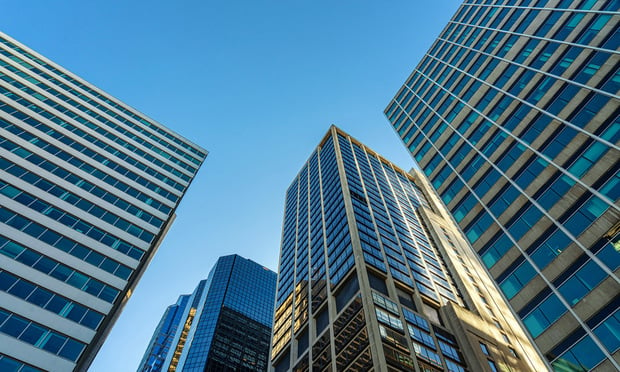NEW YORK CITY—Asking and effective rents at neighborhood and community centers ticked up modestly during the second quarter, posting quarterly gains of 0.5% and 0.6%, respectively, Reis Inc. said Tuesday. The gain for regional malls was comparable, with asking rents up 0.6% during Q2.
“This is more or less in line with last quarter,” says Ryan Severino, senior economist and director of research at Reis, based in New York City. “While rents continue to claw their way back from the depths of the recession, they still have a long way to go.”
That being said, Severino notes that both neighborhood centers and regional malls alike have posted “the best performance for year-over-year rent growth since 2007, before the downturn.” For higher-end malls in particular, he says, rents have grown faster than for those in the remainder of the subsector “due to far higher demand and far lower vacancy at the high end.” Reis sees the trend persisting in the medium term.
If rents ticked upward, albeit modestly, vacancies for both neighborhood centers and malls remained stuck in neutral during Q2. The quarter saw neighborhood vacancies unchanged at 10.1%, while malls similarly hung fire at 7.9%.
Severino sees this as a “blip,” since vacancy otherwise has shown signs of ebbing steadily over the past few quarters, and in fact the general trend over the past few years has been downward. “Improvement in the two major subsectors continues, and at an accelerating pace, but their recoveries remain far slower than those of past cycles,” he says.
In terms of what's holding the market back, Severino wouldn't put the blame solely on web-based retailers. “While e-commerce is not helping, it is not the death knell for bricks and-mortar retail that some perceive it to be.”
A bigger challenge, says Severino, has arisen from the proliferation of different retail subtypes over the past two decades. “For example, power space inventory has more than doubled since 1998 as demand for this space has increased dramatically,” he says.
By contrast, neighborhood and community center and mall inventory has only increased by roughly 15% over the same time period. “The rise of power centers, lifestyle centers, town centers and even outlet centers has siphoned demand away from traditional retail subtypes,” observes Severino.
Taking a longer-term view, Severino notes that “the economy appears to have brushed off the restraints that were holding it back” in Q1. “And there remain many positives for retail in 2015.” Among them are faster job creation, higher quality of jobs being created and cheaper oil prices.
Yet he adds that “this has yet to translate into more meaningful income growth for the majority of households. As the labor market continues to tighten, this should eventually accelerate, creating discretionary income for millions more households.”
It's a given that this will translate into greater retail sales. “The real question is whether or not this will translate into more demand for space in traditional retail centers,” Severino says. “Signs point to yes, but the road ahead remains rough even though the economic recovery is already six years old.”
© Touchpoint Markets, All Rights Reserved. Request academic re-use from www.copyright.com. All other uses, submit a request to [email protected]. For more inforrmation visit Asset & Logo Licensing.







